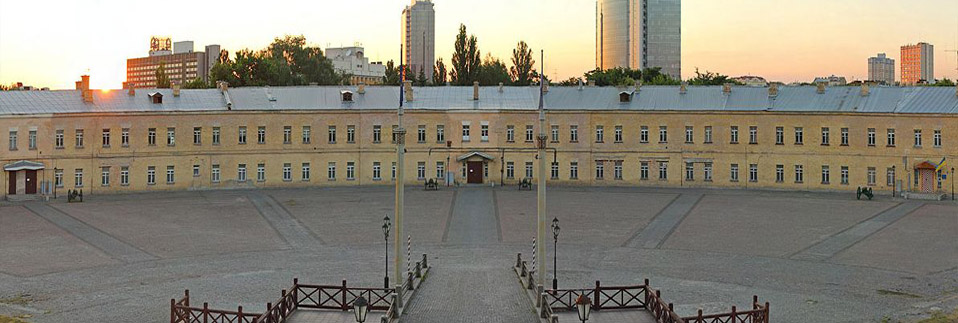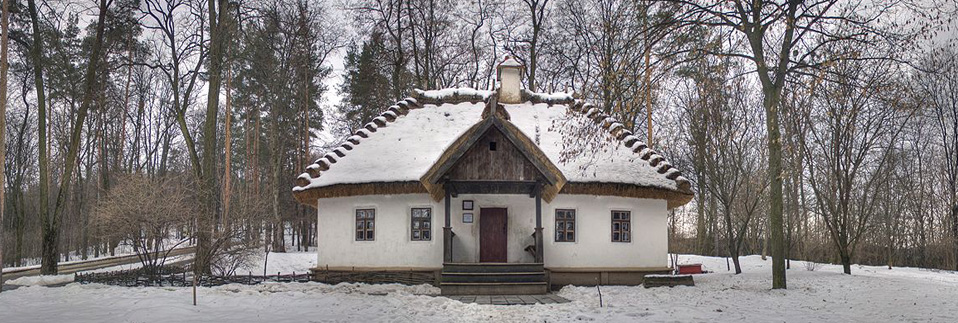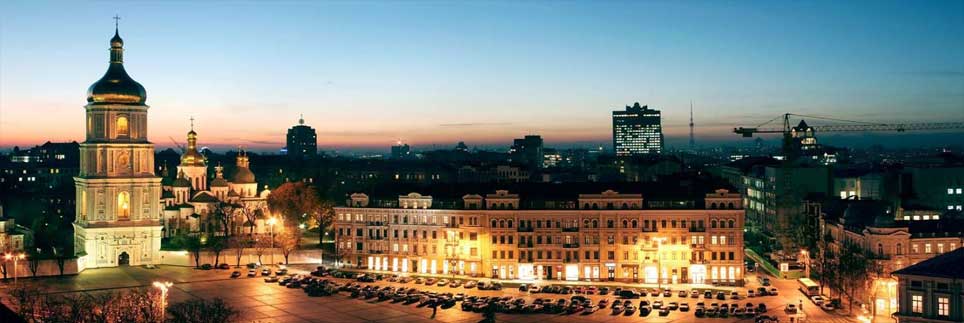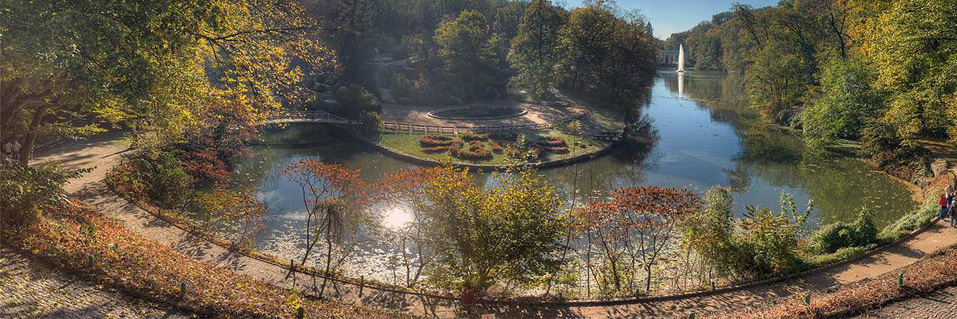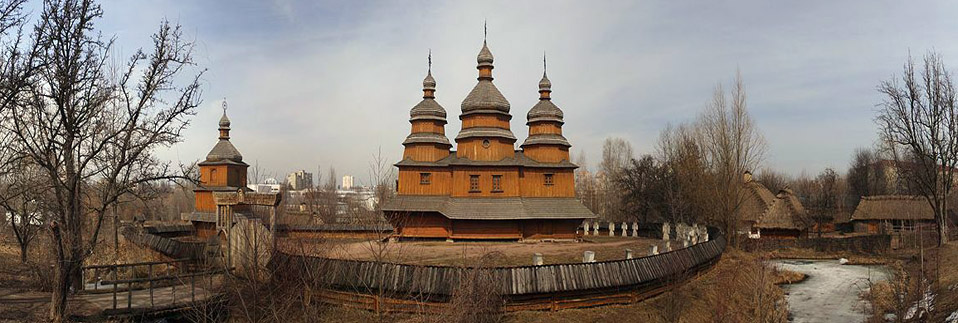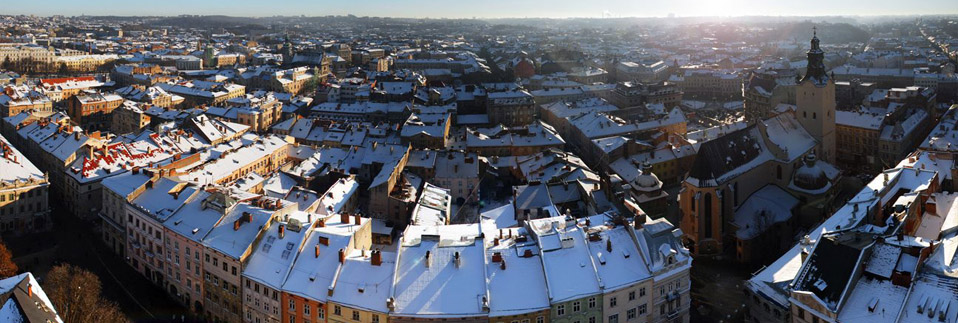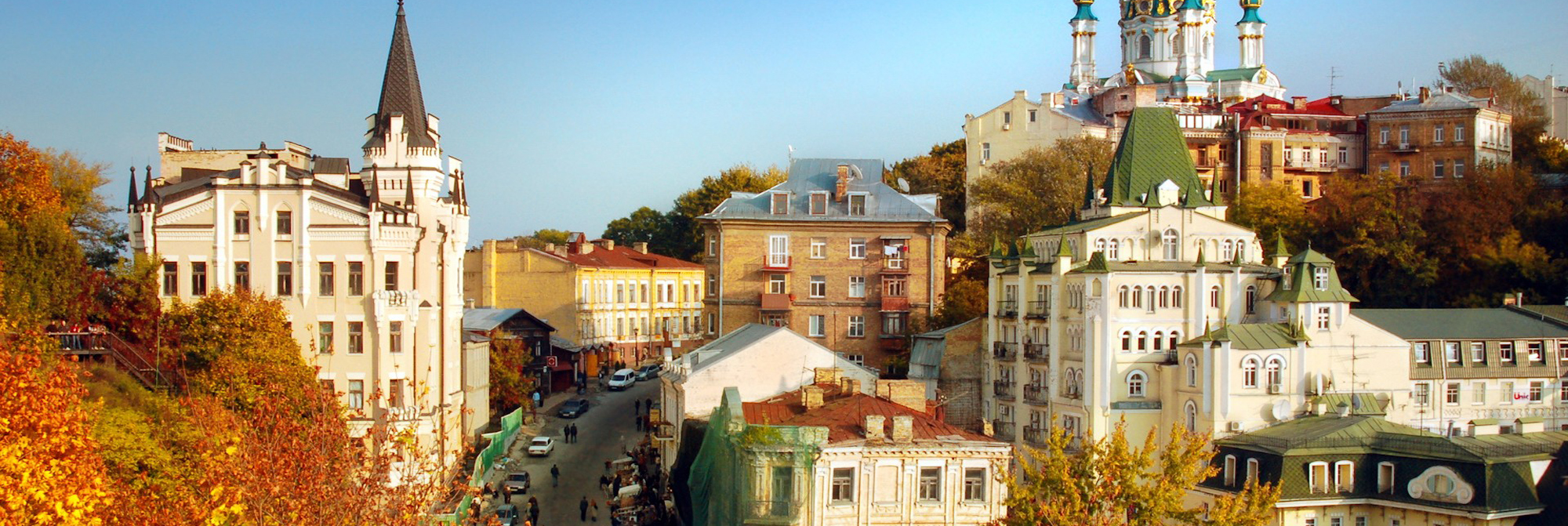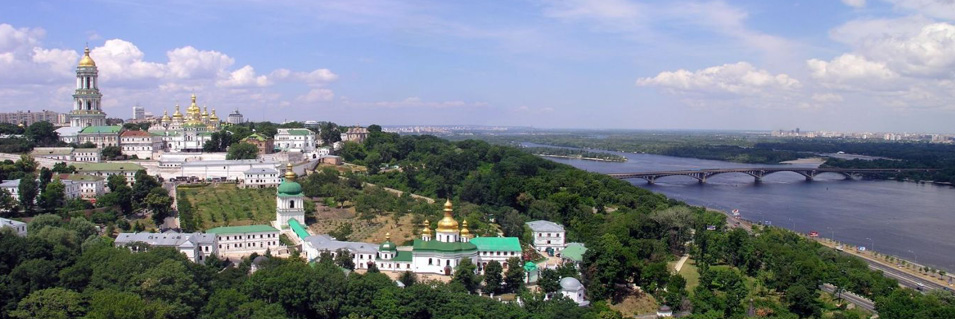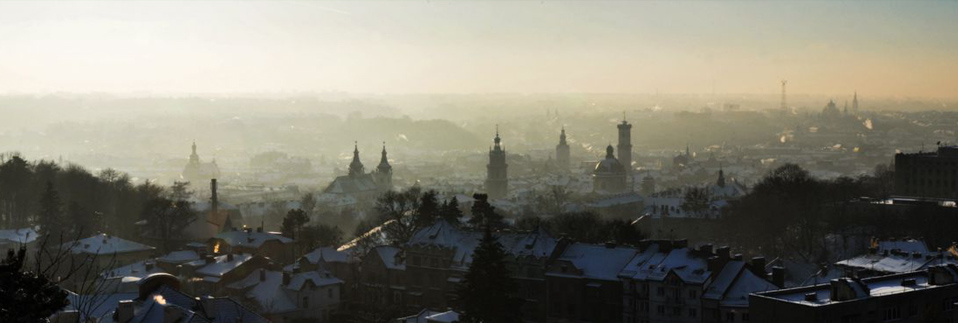Ukraine - some facts and figures
Ukraine - some facts and figures
Location: Ukraine (pronounced in the Ukrainian language UKRAYINA) is situated in the Eastern Europe bordering the Black Sea, between Poland and Russia and borders with Belorus (on the North), Russia (on the North and the East), Moldova and Rumania (on the South), Hungary, Slovakia and Poland (on the West). The Black and the Azov Seas (in the East- South and in the South) separate the country from Russia and Turkey
Geographic coordinates: 49 00 N, 32 00 E
Area total: 603,700 sq. km. Area-comparative: it is larger than France (544,000 sq. km.), Spain (505,000 sq. km.), Sweden (450,000 sq. km.), and Poland (312,7000 sq. km.), slightly smaller than Texas in the USA.
Capital city: Kyiv with 2,629,300 inhabitants occupies 800 sq. km.
Geography-note: strategic position at the crossroads between Europe and Asia second-largest country in Europe
Population: around 48 million people
Population density: 83,7 per sq. km, 67.86 % live in towns.
Land boundaries: total: 4,558 km, border countries: Belarus 891 km, Hungary 103 km, Moldova 939 km, Poland 428 km, Romania (south) 169 km, Romania (west) 362 km, Russia 1,576 km, Slovakia 90 km. Coastline: 2,782 km
Climate: temperate continental, Mediterranean only on the southern Crimean coast, precipitation disproportionately distributed, highest in west and north, lesser in east and Southeast winters vary from cool along the Black Sea to cold farther inland summers are warm across the greater part of the country, hot in the south
Terrain: most of Ukraine consists of fertile plains (steppes) and plateaus, mountains being found only in the west (the Carpathians), and in the Crimean Peninsula in the extreme south. Elevation extremes: lowest point: Black Sea 0 m., highest points: Hoverla Mountain - 2,061 m (the Carpathians), Roman-Kosh 1,545 m (Crimea).
Natural resources: iron ore, coal, manganese, natural gas, oil, salt, sulphur, graphite, titanium, magnesium, kaolin, nickel, mercury, timber.
Land use: arable land: 58%; permanent crops: 2%; permanent pastures: 13%, forests and woodland: 18%, other: 9%
Irrigated land: 26,050 sq. km.
Environment-current issues: inadequate supplies of potable water, air and water pollution deforestation, radiation, contamination in the Northeast from 1986 accident at Chernobyl' Nuclear Power Plant.
Nationality: noun: Ukrainian(s), adjective: Ukrainian.
Ethnic groups: Ethnic Ukrainians make up 73% of the total population, than comes Russians (22%), Belorussians, Moldavians, Poles, Tartars, Bulgarians, Greeks, Jews and others. The urban population makes up 66%. The highest population density are found in the industrialized central and Eastern regions of Ukraine. Ukrainian language (belongs to the Slavic group) is the official language of the country, though Russian is widely spread in the Crimea, in the Eastern and the Southern areas.
Religions: Traditionally the people of Ukraine belong to the Orthodox Church and the Greek-Orthodox Church (Catholic with Orthodox Rite), but Latin Catholicism, Protestantism, Judaism, Islam and numerous other religious denominations are spread in this country
Languages: Ukrainian - state, Russian , Romanian, Polish, Hungarian
Data code: UA
Government type: republic, Constitutional Democracy
Head of State: President
Legislative power: Verkhovna Rada (Supreme Council)
Executive power: Cabinet of Ministers
Currency: Ukrainian Hryvna (of 1, 2, 5, 10, 20, 50, 100 denomination), each contains 100 kopecks.
Administrative divisions: 24 regions (oblasti), 1 autonomous republic of Crimea, and 2 municipalities (mista, singular-misto) with oblast status - Kiev and Sevastopol. Oblasti have the administrative centres named in parentheses.
Suffrage: 18 years of age universal
Interesting to know….
- Ukraine became independent in 1991 when the USSR disintegrated. The Ukrainian Parliament (one chambered) is called Verhovna Rada (Supreme Council), its deputies are elected for four-year term . The executive power belongs to the Cabinet of Ministers. The chief executive is the President who is elected for five-year term.
- The main river is the Dnipro (the Dnieper) that is the third longest river in Europe. The fauna and flora of Ukraine are extremely rich. Everybody is charmed with its beautiful landscapes.
- Ukrainian rich black soil brought the country its fame of one of the biggest producers of the winter wheat and sugar beets. The country has rich reserves of iron and manganese ores, of bituminous and anthracite coals. Today its gas and petroleum reserves have been greatly drained.
- The history of Ukraine is really very old and its historical, cultural and architectural monuments will keep the visitors in constant interest. On the territory of Ukraine one can find the relics of ancient Greek colonies and Scythian kingdoms, Medieval Genoese and Turkish fortresses, Tartars palaces and slave markets, Cossacks strongholds and battlefields, fascinating palaces of the aristocrats (17th-19th centuries) and the dungeons of the rebellions, the remnants of the numerous destructive wars and the everlasting monuments of the human intellect and soul. COME and SEE!
- Ukrainian culture has very rich and diverse traditions. Literature and music, painting and architecture, drama, opera, ballet, folk arts and trades - all these the tourists can enjoy during their stay in Ukraine.
- The Ukrainian people are indigenous to Ukraine and have lived on its territory for thousands of years. Ukrainians account for approximately 73% of the total population of Ukraine and form the majority in most regions of the country. A large population of Ukrainians lives abroad. The nations with the highest populations of Ukrainians are Russia (10,938,000), the U.S. (2,230,000), Kazakhstan (1,386,000), Belarus (1,311,000), Canada (1,071,000), and Poland (850,000). Large Ukrainian populations can also be found in many other parts of Europe, Latin and South America.
- Ukraine is a polyconfessional state, with over 70 religious organizations registered officially. Orthodoxy is Ukraine's historical and traditional confession. More than half of the religious communities in Ukraine are Orthodox. This most prevalent confession is presently split into three denominations: the Ukrainian Orthodox Church of the -Moscow Patriarch (accounts for 70% of all the Orthodox communities), the Ukrainian Orthodox Church of the Kyiv Patriarchy (accounts for 20% of all the Orthodox communities), and the Ukrainian Autocephalous Orthodox Church (accounts for 7% of all the Orthodox communities). The spheres of influence of Orthodoxy and Catholicism overlap in Ukraine.


